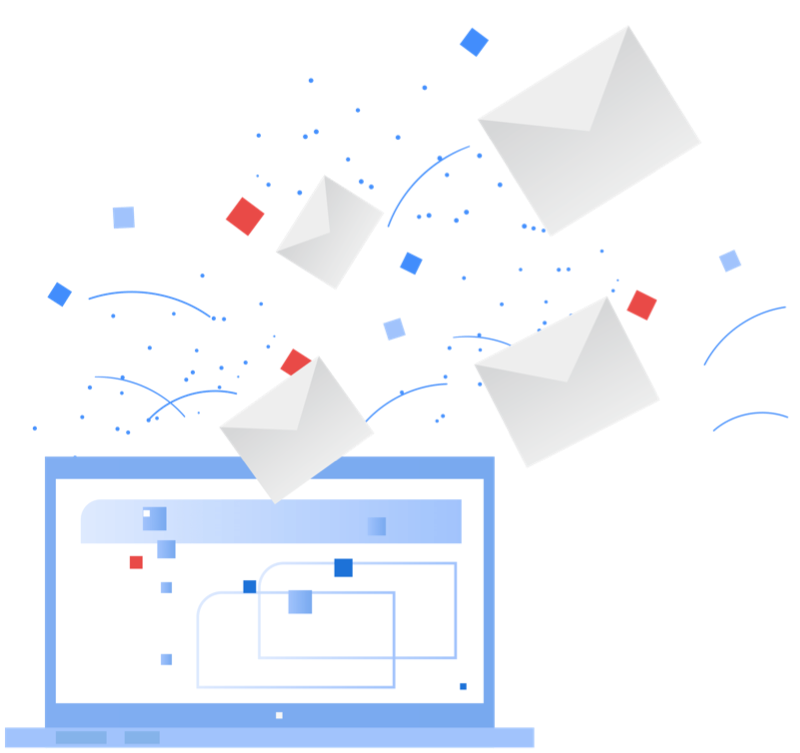The Power of Automation in Email Marketing
Email is a valuable marketing tool that, when used effectively, can increase brand awareness and generate leads. However, it can also be time consuming to manage an email list and create a series of emails for each stage of the customer journey.
Email automation gives marketers the power to scale their email efforts by allowing them to send email messages automatically when a contact takes an action, thereby freeing up marketing teams to focus on other activities.
Automated emails can be sent to one person or multiple people, and are based on dates, times, events, or actions of contacts in an organization’s database. They can also be based on workflows like drip and lead-nurturing campaigns.
An example of email automation is when a new subscriber receives a welcome series. This welcome series can include emails that greet the new contact, thank them for subscribing, and introduce them to your offerings. These automated emails can also be personalized by including products or content that you think are most relevant to the new customer.
Another use of automated emails is to follow up on customer service inquiries. This allows businesses to provide their customers with a consistent and timely response that helps them feel valued. However, it is important to note that the farther the customer has progressed through their journey with the business, the more likely they are to need a personalized response that cannot be automated.
In general, when using email automation, it is best to only automate tasks that are relatively simple. This ensures that marketers have the necessary resources to respond to customer service inquiries in a timely manner and that all emails are sent to the correct contacts. It is also a good idea to test automated email sequences before sending them to larger lists of customers, as this can help prevent any errors or inaccuracies from occurring.
The biggest benefit of using email automation is that it can help to significantly reduce the amount of time and resources needed to send out an email message. For example, an automated email can be sent to a large group of customers if an item in their cart is about to expire. This is a much faster and more efficient way to send a message than having a team member manually respond to each individual customer.
Moreover, it is critical to remember that automated emails can be used for many different types of communications, from a single email to an entire email series.
A single automated email can be used for things like letting your customers know about a one-day deal or event, while an email series is better suited to situations such as when you’re spending a few weeks gearing your audience up for a summer sale.
The key is to choose the right communication strategy for each situation and the overall goals of your email marketing program.

Free Training video
how to Transform Your Sales with Our Proven 7-Day Email Follow-Up Campaign.
My Recent Posts
All-in-One Sales Automation Platform
Check out my recent post on all-in-one sales and marketing tools and what I think of it.
Sales Funnels
Check out my recent post on sales funnels and what I think about them. Are they still worth it?

Introducing Innocent Aigbe
I help aspiring, digital marketers create bullet-proof financial and personal income streams online.
If you really need to start earning as a new digital marketer?, massively increase sales (no matter what you sell), and make big commissions then I can definitely help you.
Innocent Aigbe
©Copyright 2024 Emails Marketing
24, Oakfield Terrace
Rochdale/Manchester/United Kingdom & OL11 5BG
